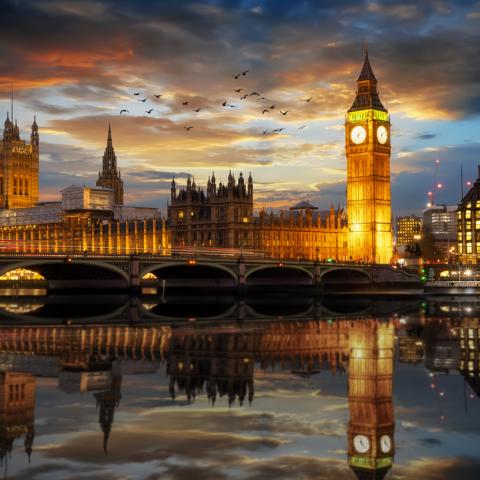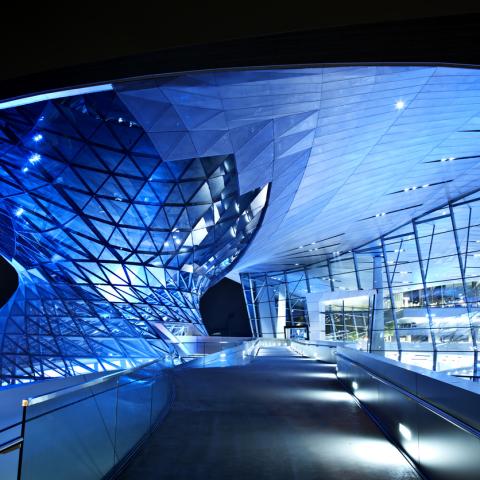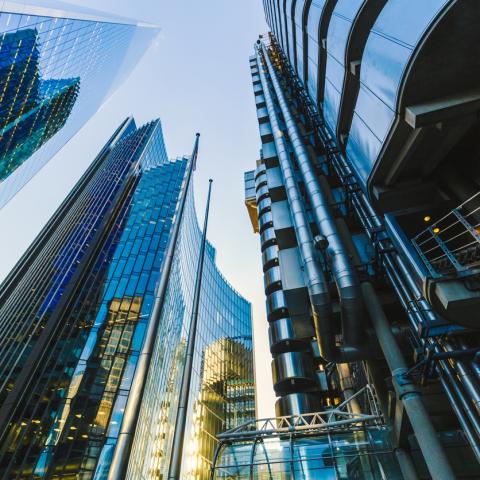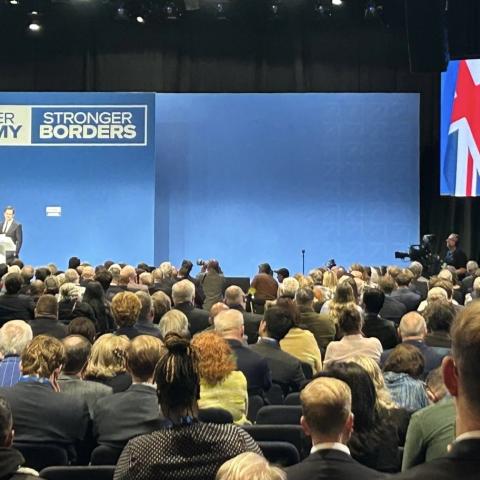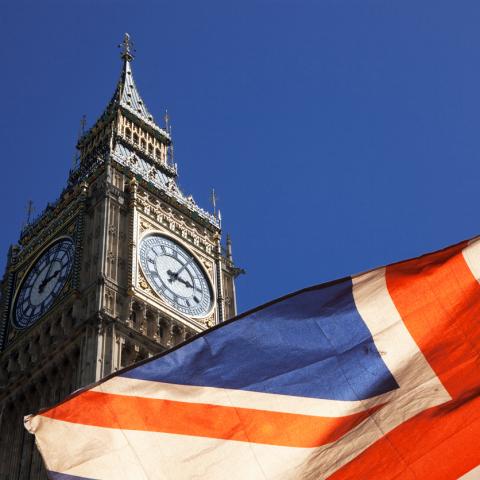Ancoats: A blueprint for city centre regeneration

By Matthew Williams
Anyone who lives in and around the North West has probably heard of the recent revival of Ancoats, a forgotten neighbourhood of Manchester which held great influence during the industrial revolution. The cobbled streets have created such a buzz about the place that in 2018, Time Magazine voted it the 13th coolest place to live in the world, beating the likes of New York and Sydney in the process. But how did this forgotten area revive itself into such a sought-after sub quarter of the city?
Well, the answer is relatively straight forward. Ancoats capitalised on its industrial heritage, with the City Council, investors and entrepreneurs, combining to bring forward a mix of forward-thinking ideas and effective placemaking to create the perfect backdrop for a new generation of young adults to live in the city.
The core ingredients were all there. Ancoats is situated a stone’s throw away from the Northern Quarter and the centre of Manchester, both of which have suffered as a result of the city’s rising population and levels of anti-social behaviour. However, to the east of Ancoats is the New Islington canal, a rare quiet sanctuary in an otherwise busy working city, offering the perfect dog-walking spot or picnic place for those looking for calm amongst the chaos.
The area's revival hasn’t been easy, and it required a surge of investment to unlock its potential. Some developers started by converting quaint working mills and restoring forgotten buildings, while others went down the modern-build route, offering stylish apartments and retail spaces which allowed the area to flourish.
Once Ancoats had been given a much-needed facelift, young adults and creatives flocked to the area, and with their arrival, they were joined by a series of culinary entrepreneurs.
Rudy’s Pizza, a now Manchester institution, brought affordable and mouth-watering bakes to the area, and as its reputation continued to grow, so did the buzz around Ancoats. They have been joined by an array of independents including Seven Brothers, Sugo and the now Michelin-starred Mana, the first Manchester restaurant to receive the accolade in more than 40 years.
So, what can built environment specialists do to replicate Ancoats’ success?
Start by looking to the past. The history of Ancoats, including the buildings and culture of the area, has been preserved. Despite the large sums invested in Ancoats, it still maintains a sense of the past, something which helps to create a sense of identity and belonging in the area.
However, you also need to look forward. Many of the entrepreneurs entering the Ancoats scene brought forward-thinking adaptations to traditional concepts. Ancoats General Store, for example, responded to the desires of millennials, moving away from your simple ‘corner shop’ by focusing on vegan and environmentally conscious items. It still provides the general necessities, but it has created something different, something interesting which caters and appeals to the region’s target audience.
Effective placemaking is pivotal. Cutting Room Square, at the very heart of Ancoats, offers an open space for residents to meet, with some participating in outdoor CrossFit classes while others gather to enjoy Seven Brothers’ locally brewed ales. Street art is also rife, adding to the relaxed atmosphere of the area.
If you focus on combining these three factors, then you have the recipe for successful urban regeneration — something which Manchester, and Liverpool with the Baltic Triangle, have done with great effect.
